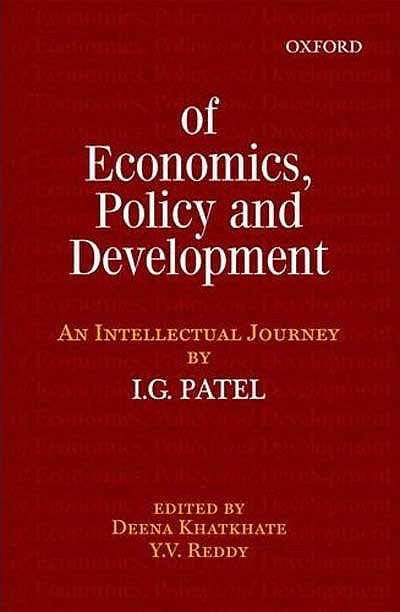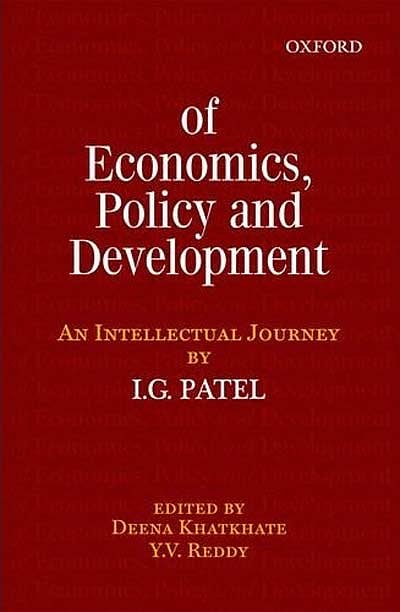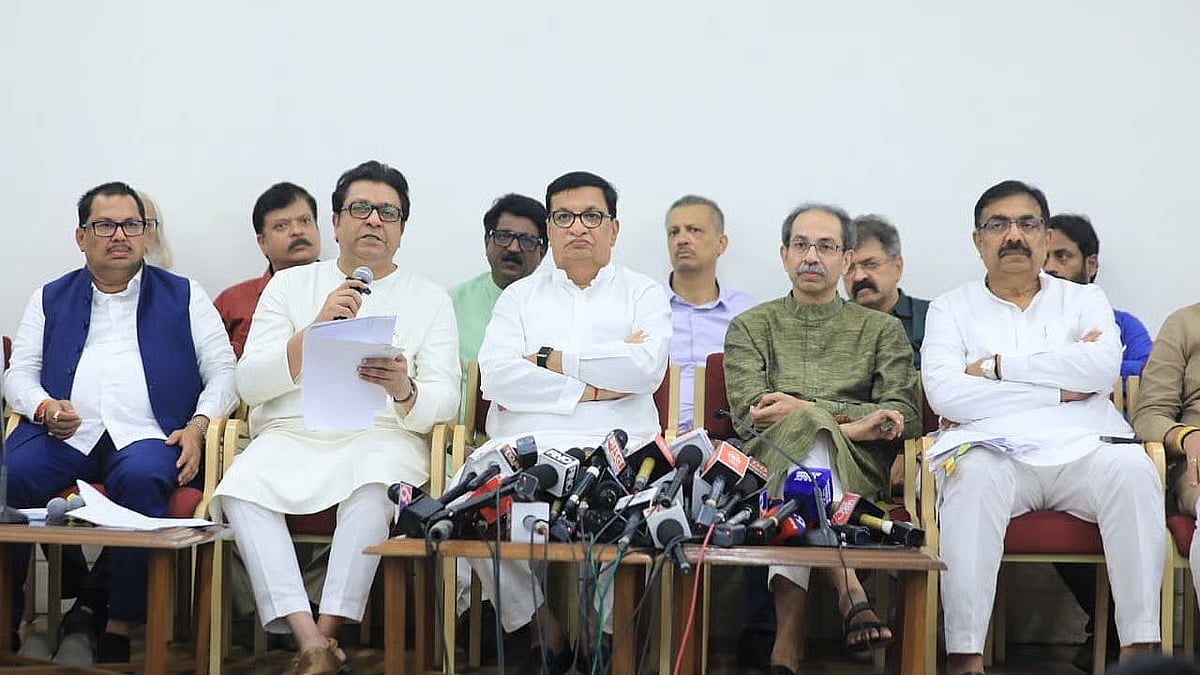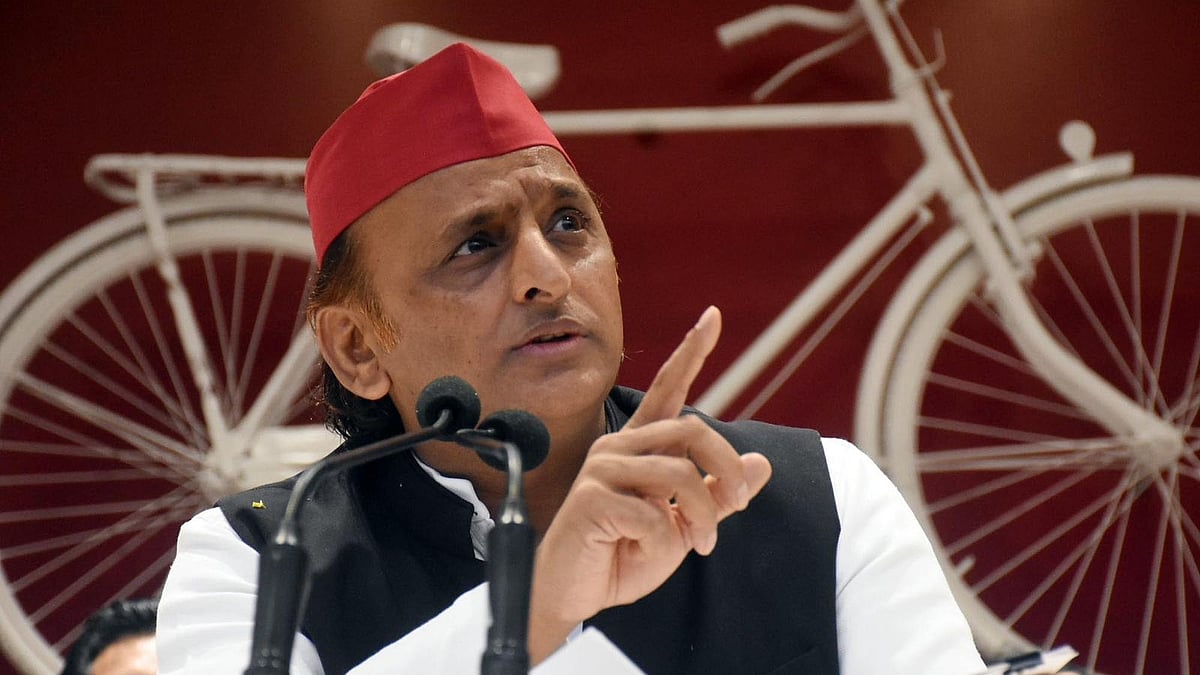This book is Dominique Lapierres epic account of South Africas tragic history and the heroic men and women — famous and obscure, white and black, European and African — who have, with their blood and tears, brought to life the country that is today known as the Rainbow Nation.
By P. P. RAMACHANDRAN

‘There is a vacant chair at every cabinet meeting of Jawaharlal Nehru. It is reserved for the ghost of Prof. Harold Laski.’This famous statement brings out clearly the paramount influence on Indian administration of the London School of Economics ( LSE). Dr. I. G. Patel was the first professional economist at the helm of the LSE. Patels brilliant captaincy of LSE led to a coveted KBE – Knighthood from the British Queen.
He had a wide, all- enveloping grasp, sharpness of intellect, breadth and sweep of understanding, freshness and clarity of views — all these left his audiences spellbound.
Patel was recipient of the Padma Vibhushan in 1991. He was an economist of international repute, a brilliant scholar who brought excellence to whatever he touched, a distinguished teacher, a sensitive administrator.
The book under review is Patels intellectual journey and is edited by Dr. Y. V. Reddy and Dr. D. R. Khatkhate, the former was RBI Governor and the latter was closely associated with the IMF and was Editor of ‘World Development’. In a brilliant introduction Khatkhate writes of Patels versatile intellectual personality roaming with equal ease in his writings and economic advisers role on the national scene as well as international which, were all inextricably linked with the personal life of this prodigy.
Patel made a successful transition from an academic economist to an economic administrator. He was that rare kind of economist who can at once think and act. His grip over economic theory and over the complex facts of economic life was fantastic.
The criterion adopted by the Editors in their selection of the papers, published and unpublished are explained in detail. Patels articles reveal a tapestry of ideas in economics of money, trade, balance of payments, economic development and monetary policy. Some of his ideas are relevant even today and apply in full measure to the Indian and the World stage.
The book has 34 chapters and in a brief review we cannot cover all chapters. The chapter on ‘Demand for money during periods of inflation and stabilisation’— written in 1950 was prepared for the IMF and is published for the first time. It investigates the circumstances under which an expansionist monetary policy is appropriate to the stabilisation of the price level in an inflation- ridden economy.
Patel presents a succinct historical survey of the monetary policy during stabilisation taking the actual experience of Germany, Austria and Belgium. He argues that it is desirable to expand the money supply, even while attempting to halt inflation if we are not to fall into a ‘stabilisation crisis’. India followed some of these ideas when it adopted a policy of ‘non- inflationary financing since the Second Five year Plan.
Two chapters on Gold analyse the elasticity of demand for gold in India and the core issue of mobilisation of the stock of hoarded gold and flow of gold into ‘the sinews of economic growth.’Patel believed that introduction of gold bonds would prove a flop or would make for strong entrenchment in the country of anti- social activities such as tax evasion and smuggling of gold.
Patels views on Nehruvian socialism are highly original. ‘In its concrete achievements, the socialism of the Nehru era can lay claim to a respectable degree of public ownership of the means of production.
But the prevailing tone of social behaviour is unmistakably that of acquisitiveness and private profit.’There is a highly impressive framework of the Second Five Year Plan prepared by Patel which set a direction for the final version. A chapter entitled ‘Miscellany’has affectionate memoirs of two British economists — A. C. Pigou and Adam Smith.
The Epilogue by Dr. Reddy affirms that the value of this collection lies not only in providing a background of Patels thinking on various economic issues that confronted India during half a century of freedom but also evokes reflections on global economic contemporary theory and current challenges for policy makers.
The book is compulsory reading for bankers, students of monetary policy, finance, trade and policies. It is a veritable economic history of India during the first fifty years after Independence.
This book is a collection of essays of Dr I. G. Patel on a wide range of issues related to theory and policy in the areas of money, finance, trade, balance of payments, and economic development. The articles contain a tapestry of ideas, which are still relevant in the contemporary Indian and global economic










